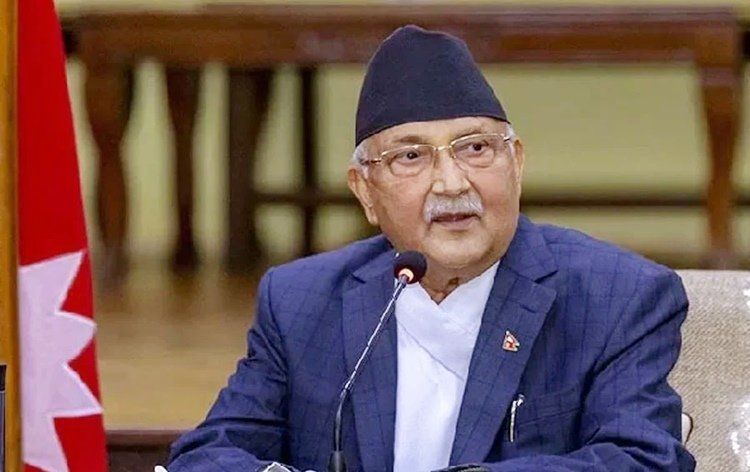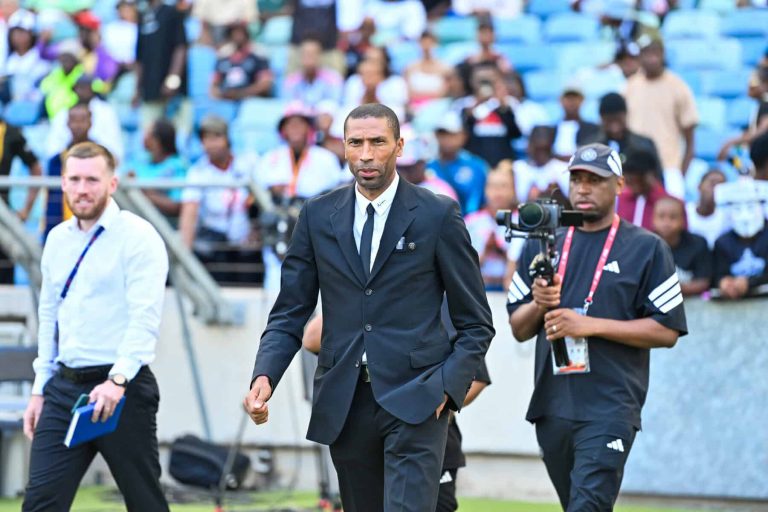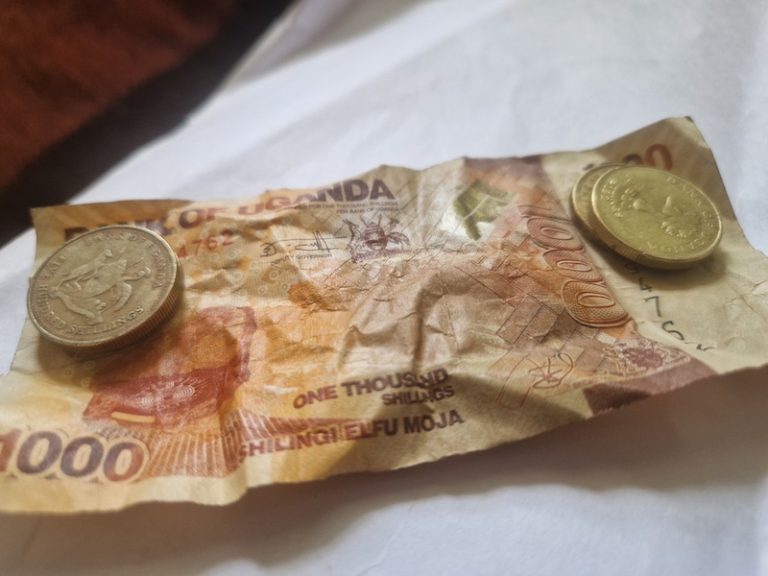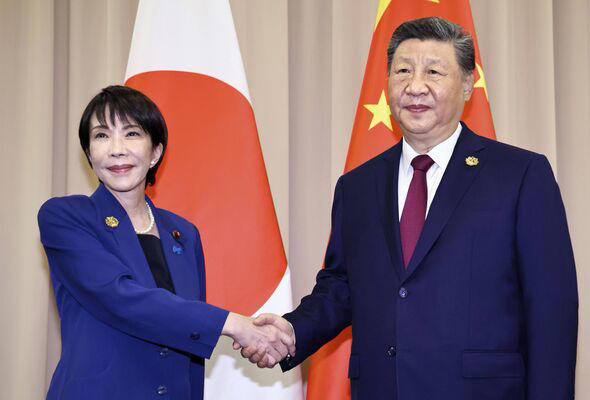
In a dramatic turn of events, Nepalese Prime Minister KP Sharma Oli resigned on Tuesday after two days of violent anti-government protests left at least 19 people dead and the capital, Kathmandu, in chaos.
The move has plunged the Himalayan nation into one of its gravest political crises in more than a decade.
The unrest, driven by anger over corruption, entrenched inequality, and a controversial ban on social media platforms such as WhatsApp and Instagram, spiraled out of control after security forces opened fire on demonstrators Monday.
Most of the victims were young protesters, fueling public outrage and intensifying calls for sweeping reforms.
Although authorities lifted the social media ban early Tuesday in a desperate bid to ease tensions, the concession failed. Crowds defied a citywide curfew, storming Kathmandu’s main government compound—home to the prime minister’s office—and setting it ablaze alongside party headquarters, senior politicians’ residences, police stations, and other state buildings.
Security forces, despite heavy deployment, appeared overwhelmed by the scale of the demonstrations and struggled to protect key institutions from the rampaging crowds.
Oli’s dramatic resignation, followed swiftly by the exit of several lawmakers, signals a collapse of the ruling coalition and deepens uncertainty about Nepal’s political future.
Opposition leaders and protest organizers are now demanding justice for those killed in the crackdown and sweeping structural reforms to address corruption, inequality, and the government’s widening credibility gap.
With the streets still smoldering and institutions shaken, Nepal faces a precarious road ahead—one that could define the country’s democratic trajectory for years to come.



